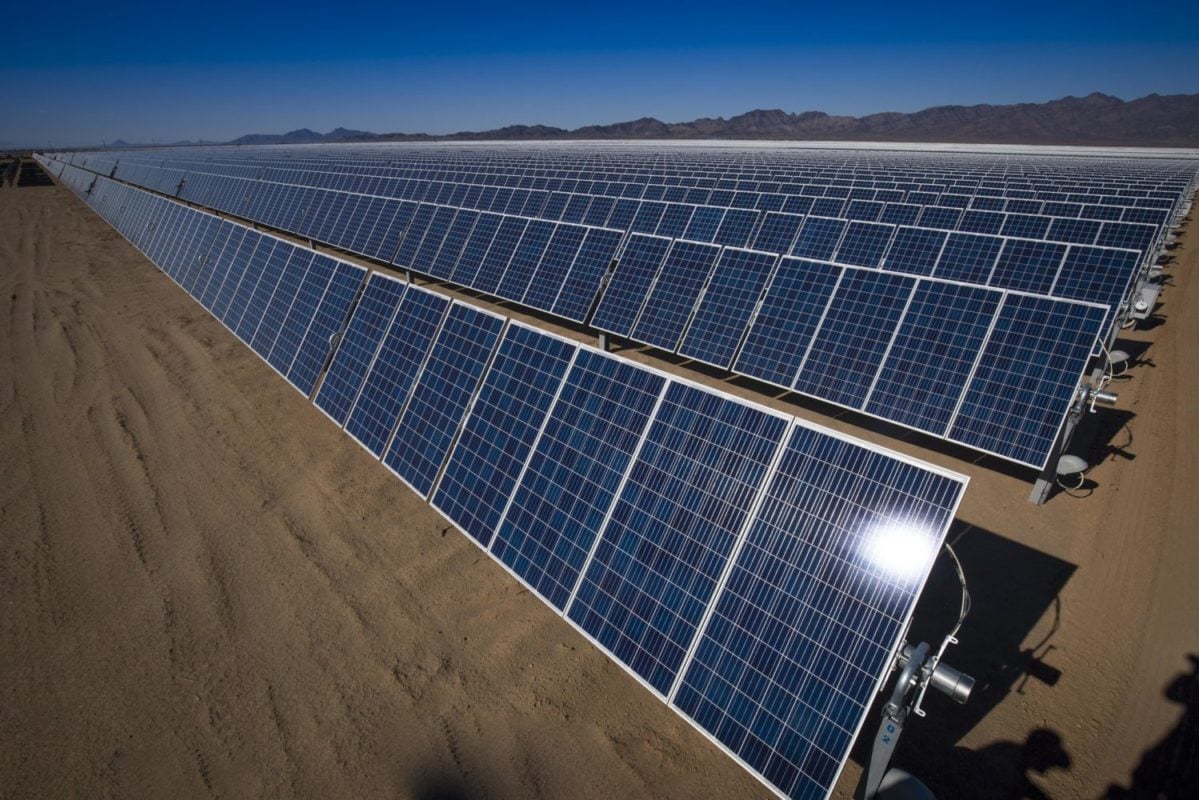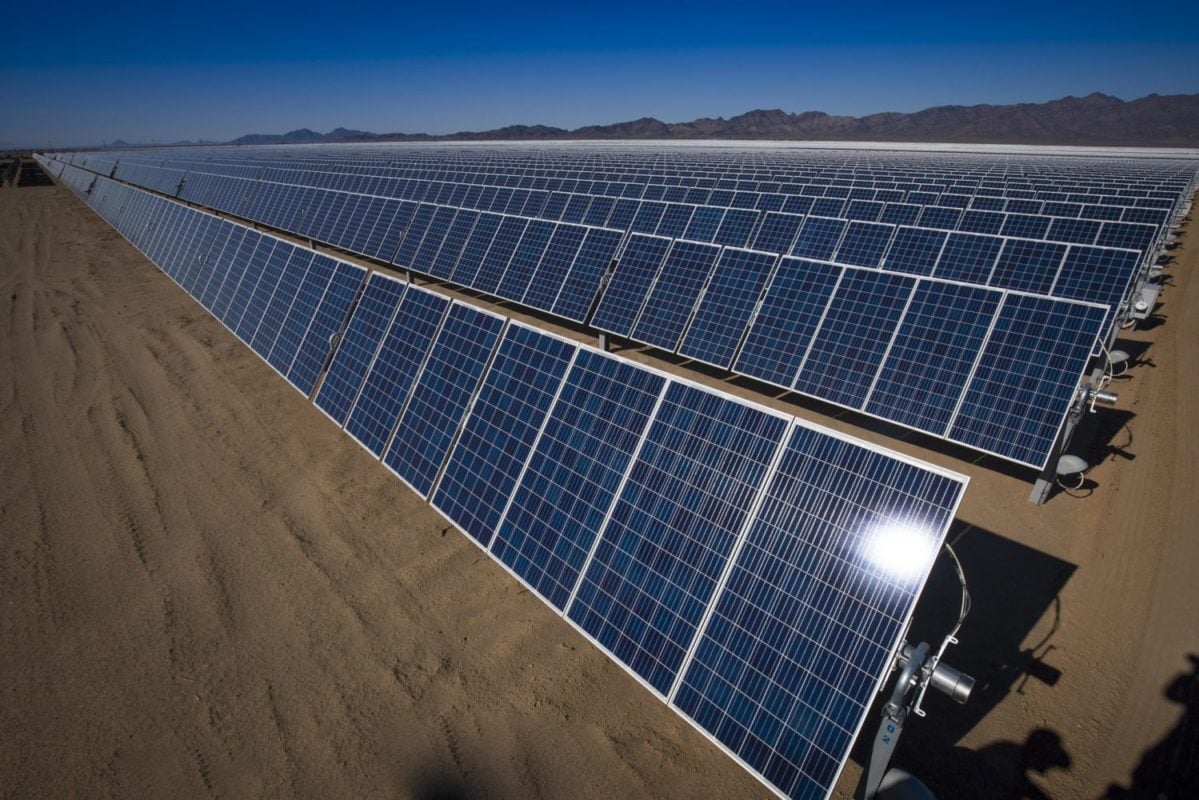
This aims to drive development closer to transmission lines or on land that has already been disturbed, and avoid starting developments on protected lands, sensitive cultural resources and important wildlife habitats.
This latest update increases the land proposed for the development of solar projects, and follows the January addition of five new states to the Western Solar Plan. This saw the states of Idaho, Montana, Oregon, Washington and Wyoming added to the plan, which already included Arizona, California, Colorado, Nevada, New Mexico and Utah.
The BLM is an agency within the US Department of the Interior responsible for managing some of the landscapes and natural resources in the US, and manages over 245 million acres of public land located primarily in 12 western states, including Alaska. The BLM has currently permitted over 29GW of clean energy capacity on public land.
“The updated Western Solar Plan will help build modern, resilient energy infrastructure that creates a strong clean energy economy and protects our communities from the worsening impacts of climate change,” said principal deputy assistant secretary forland and minerals management Dr Steve Feldgus.
“Through extensive planning and collaboration, we’re not only protecting our public lands but also ensuring that permitting for solar projects moves faster and more efficiently, avoiding conflicts and striking the right balance as we advance clean energy and safeguard the environment.”
Last month, the BLM moved forward with the development of nine solar PV projects with a combined capacity of over 6.2GW. The largest of these projects is the Esmeralda 7 solar and battery energy storage system in the state of Nevada. The project consists of seven utility-scale solar plants with a combined capacity of 5.35GW and an undisclosed capacity for the storage systems.





